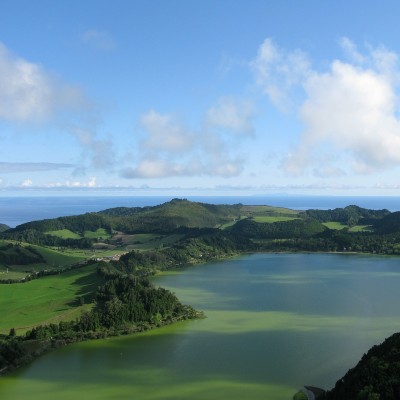Table of Contents

Europe’s underwater realm beckons, a playground where your fins are your wings and the ocean’s secrets are yours to unveil. Picture yourself slicing through sun-dappled waters, face-to-face with vibrant reefs bursting with life. Imagine navigating the ghostly halls of ancient shipwrecks, whispers of history echoing around you.
This continent offers a treasure trove of dive experiences for every skill level and adventurous spirit.
Frequently Asked Questions About Scuba Diving In Europe
Ready to plunge into Europe’s diverse reefs and shipwrecks? Find answers to all your scuba diving questions here.
When Is The Best Time To Go Scuba Diving in Europe?
This depends on the region and your preferences. Generally, summer offers the warmest water and calmest conditions, but also attracts the most crowds. For divers who don’t mind colder waters, spring and autumn can be good options for good diving and fewer tourists.
What Are The Top Wreck Diving Sites In Europe?
Just a few of the best wrecks to dive in Europe include:
- MS Zenobia – Cyprus
Tabarka – Scotland
- Pietro Orseolo – France
- Entella – Italy
- SS Excellent – Gibraltar

Where Are The Top Diving Destinations in Europe?
Here are just a few of the spectacular locations for scuba divers visiting Europe:
The Region of Murcia
Murcia, located in the southeastern part of the Iberian Peninsula, is an autonomous community of Spain. This area offers a hidden gem for divers and is home to the beautiful Islas Hormigas Reserve.
This Marine Reserve strictly regulates diving activities to protect the delicate ecosystem. Dive boats are limited, dive times are set, and certain areas are off-limits to ensure minimal impact on the underwater world.
Year-round diving is possible, but July – September is when the waters are warmest, typically between 66° F and 75° F.
Get ready to encounter majestic ocean giants like sunfish (mola mola) and playful schools of barracuda! The waters around Islas Hormigas boast incredible visibility, often reaching up to 100 feet, so you’ll have crystal-clear views of these amazing creatures and more, like dentex and large grouper, as they glide through the vibrant reefs. The area is also excellent for wreck diving.
Portofino, Italy
Portofino Marine Reserve is best known for the “Christ of the Abyss” statue (the original). This bronze statue was placed in 1954 and is shallow enough that it can also be seen while snorkeling.
Walls, underwater caverns, and WWII wrecks are all popular dive sites for both beginner and advanced divers.
The Azores, Portugal
The Azores, a volcanic archipelago nestled in the mid-Atlantic, offer scuba diving unlike anywhere else in Europe. Forget postcard-perfect coral reefs – here, dramatic landscapes, volcanic wonders, and an incredible diversity of marine life await.
Here, divers have the opportunity to see blue sharks, mako sharks, angel sharks, whale sharks, manta rays, and more.
Although there are dive sites that are appropriate for beginner divers, some of the best dive sites are better suited for experienced divers due to the strong currents.
